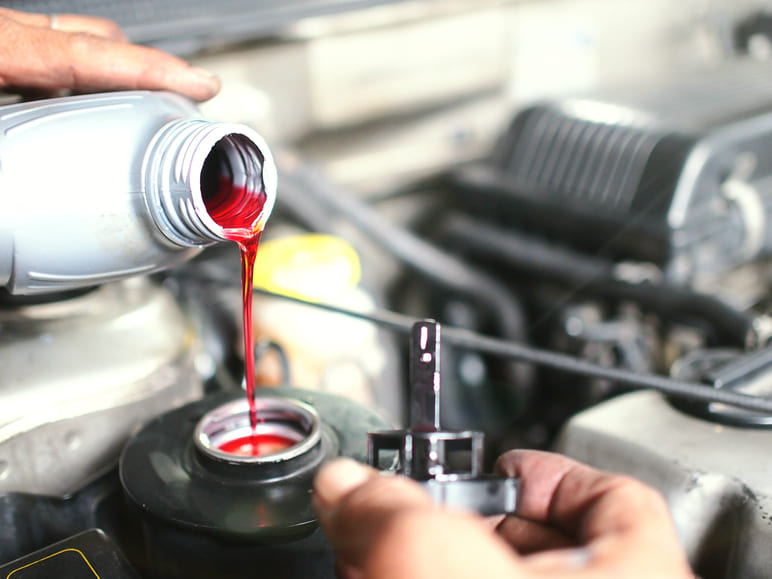
When people think about maintaining and improving brake systems, their minds often race to those things they think are the most important: brake pads, brake discs, calipers, drums, and ABS electronic units and sensors. It can take a while before they actually get to perhaps the most essential part of this system: the brake fluid. This readily available liquid, often found in service stations in 1L bottles, might not seem that important, but without it your pads, discs, and drums aren’t going to do anything. Brake fluid in cars is the unsung hero that is going to bring your car to a stop and keep you safe when you need it.
What does brake fluid do?
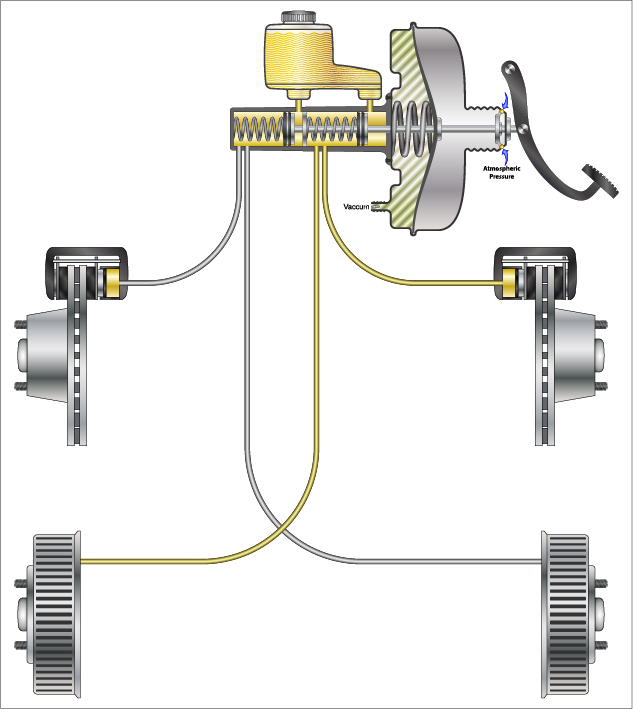
Modern brake systems are hydraulic systems and a key part of these is the brake fluid, which is found in the brake lines. As your foot presses against the decelerator pedal, pressure is exerted on the brake fluid forcing it down to your brakes. This pressure is transferred to the brake pads which press onto the rotor and this is what ultimately leads to the car slowing down and stopping. The harder and more sharply you press the brake pedal, the greater the pressure is and the faster and tighter the pads clamp down onto the brake discs thanks to the brake fluid.
As the pads are pressed against the brake discs, the friction generates a huge amount of heat. It is important, therefore, that brake fluid is highly resistant to heat. If the brake fluid can’t handle the heat, it is going to vaporise and it’ll be useless – not helpful when you get to the next set of traffic lights! Luckily, companies know that brake fluid must be able to withstand high temperatures without boiling.

Why do I need to change my brake fluid?
Like all automobile fluids, brake fluid will go bad over time. It absorbs water from the air, becomes more acidic, and a rust-like sediment will build up. Water also has a much lower boiling point than brake fluid. If you press particularly hard on the brakes or they are being intensely used for a prolonged period of time, the water in the lines carrying the brake fluid to the brake components might boil. If that happens, your brakes could stop working.
Because brake fluids absorb moisture from the air it is recommended that you do not open the master cylinder unless it is necessary. These are normally transparent which means you can check them without opening them. If you have a bottle of brake fluid at home make sure that it is sealed tightly.
If you are not sure if it is time to change your brake fluid, you can easily perform a brake fluid test yourself at home. Brake fluid testers, like the PTE tester, are readily available and by inserting it into the brake fluid it will give you an indication of the water content. If this is greater than three or four percent, then it is definitely time to flush out the brake fluid and change it. Things like driving and braking at high speeds, braking when going downhill, or towing vehicles can put a lot of strain and pressure on the brakes and therefore make the brake fluid degrade quicker.
What are the main brake fluid types?
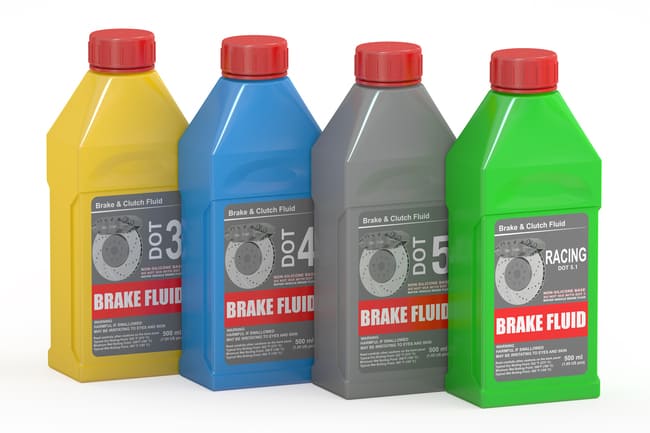
As with everything related to cars and replacement parts, there’s a huge variety of brake fluids available at most garages and there is often a range of different prices. This can make it pretty challenging to find the right one, but there is a handy system to help you judge how highly rated a brake fluid is and whether it is suitable for your vehicle or not. It is very important you check that a brake fluid is appropriate given the wide variety of electronic brake systems and assists (ABS, ESP, etc.). It’s also important to remember that the quality of a brake fluid doesn’t necessarily relate to how expensive it is; some are strictly designed for racing cars instead of regular cars.
The American Department of Transportation has made things a lot easier for consumers by creating standards for different grades of brake fluids. The types of brake fluid car users most commonly deal with are: DOT 3, DOT 4, DOT 5, and DOT 5.1. Brake fluids that fall into these categories must adhere to the guidelines set out for its class and they must all have a very high boiling point, flow well (have a low viscosity), and absorb moisture without vaporising. The major difference between each type is its boiling point. As a rule, DOT 3 fluids have the lowest boiling point and DOT 5.1 have the highest.
DOT 3 and 4 are glycol-based, amber-coloured brake fluids and the major difference between them is that brake fluid DOT 4 boils at a higher temperature (230 °C). DOT 4 will be the fluid that you will probably most commonly encounter, given that it is recommended by most European car manufacturers. DOT 4 fluids also have additives to help prevent the fluid becoming acidic and they are less corrosive than brake fluid DOT 3.
Brake fluid DOT 5 is silicone-based, which means it doesn’t absorb moisture like DOT 3 and 4 fluids do and it has a higher boiling point. This makes it last far longer. It is, however, much more expensive (between 4 and 14 times more expensive than DOT 3 fluids) and DOT 5 fluid should never be added to vehicles that specify DOT 3 or 4 fluid, as this can seriously damage the brake systems.
How do I know what is the best brake fluid for my car?
The best brake fluids are going to be resistant to moisture and have a high brake fluid boiling point. Premium brake fluids are going to be able to resist high temperatures generated through brake friction and avoid the phenomenon of “vapour lock”, when the brakes stop working due to the temperature inside the brake system being higher than the boiling point of the brake fluid. The viscosity of a brake fluid should also remain low so that the liquid flows better. This can be impacted by temperature, so a brake fluid needs to be able to withstand the cold and keep flowing even when in extreme temperatures. Finally, and this has less to do with the fluid itself, the container that fluid is sold and stored in can have a tremendous effect on how well the fluid is going to work after you break the seal.
Who makes the best brake fluid to use?
Valeo

Valeo pride themselves on their focus on quality and innovation and have set their sights on completely eliminating any risk of ‘vapour lock’, when the brakes fail to perform because of temperature. Their fluids, therefore, are made to withstand even extreme temperatures.
BOSCH
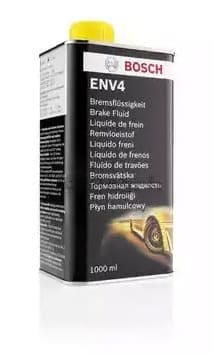
BOSCH covers the whole range of brake fluids and their products contain high-quality additives for corrosion protection and lubrication. This makes sure your brake system has a long service life and is always reliable. BOSCH’s fluids meet all international standards and are designed to work in extreme temperatures.
Febi Bilstein

Febi Bilstein supplies some very high-quality brake fluids – both in terms of boiling point and flow characteristics. Febi DOT 4 Plus is a fully-synthetic brake fluid with a glycol base. It is designed to prevent oxidation and corrosion, has excellent dry and wet boiling point properties, and also stops vapour bubbles from forming.
ATE

ATE boasts an impressive range and claims to cover everything from classic cars to the latest hybrids with ABS or ESP. Thanks to their high-quality metal cans, they boast a great shelf life which could set them apart from other manufacturers. They also specialise in braking systems for motorbikes as well.
Hella
Hella Pagid’s latest range includes four brake fluids that can be used individually and have all been developed with safety in mind. It ranges from DOT 3 to DOT 5.1 and there is something for every vehicle here, from older cars to those featuring the latest safety and braking systems.
Brembo
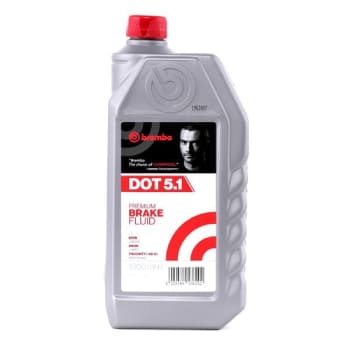
With forty years of experience in the racing world, Brembo certainly has the knowhow when it comes to brake fluid. Technically, their premium range stands out for its high boiling point and low viscosity. The range offers options for cars with ABS, for high performance vehicles, and fluids from DOT 4-5.1.
TRW
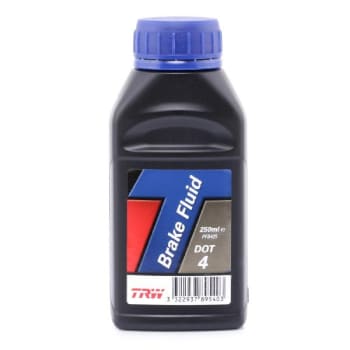
The TRW brake fluid range is broad, diverse, and of the highest quality. Their products cover most vehicle types and are known for their safety and consistent performance in extreme conditions. They far exceed international SAE 1703 specifications, providing optimal braking from -50 °C to +50 °C.


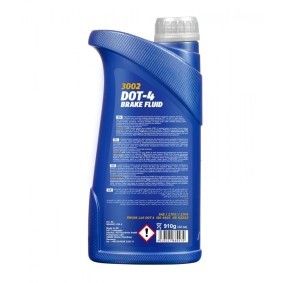











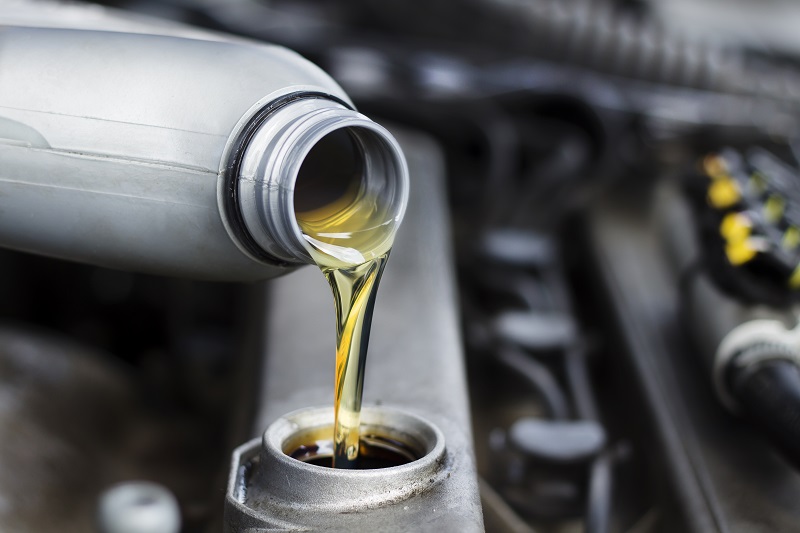
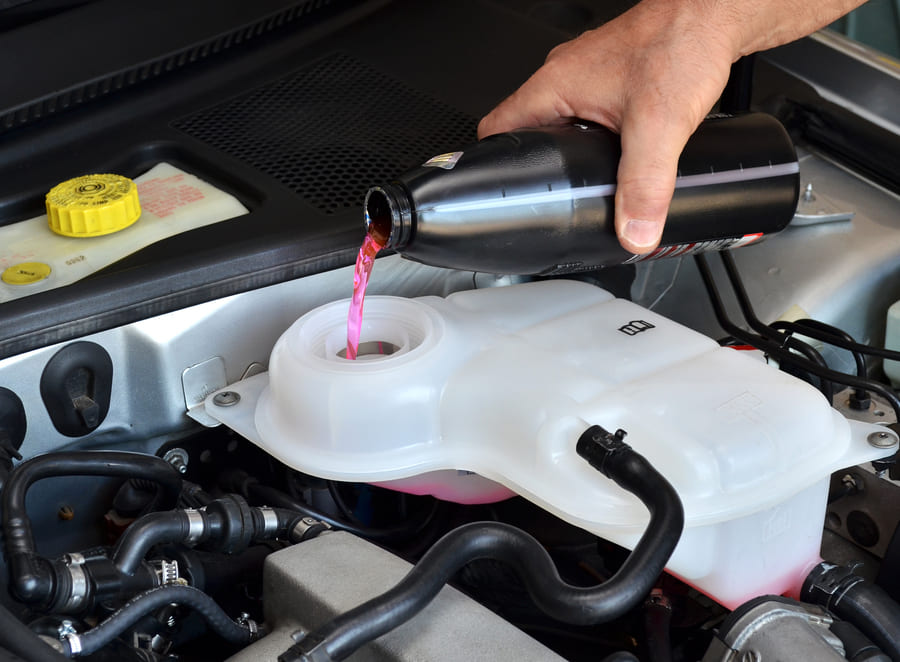
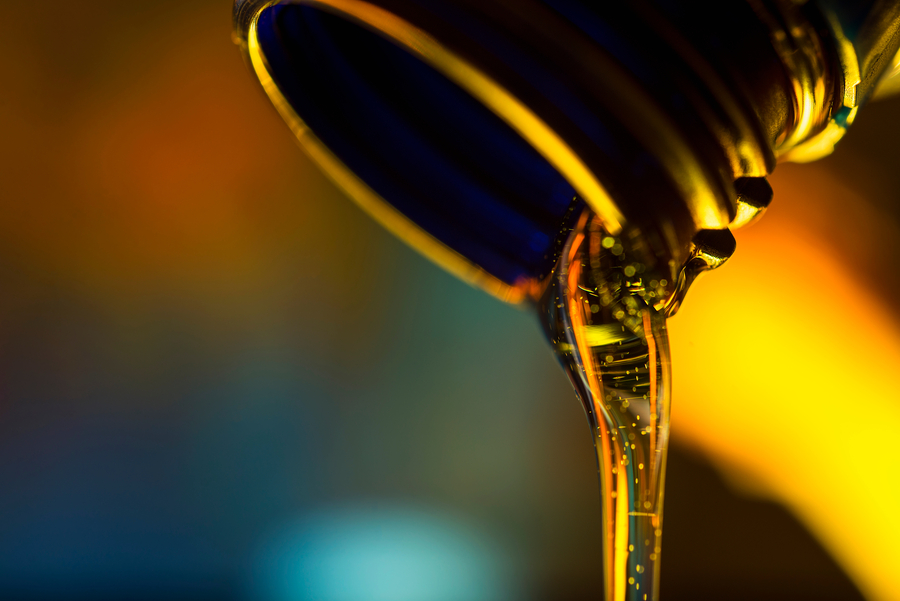
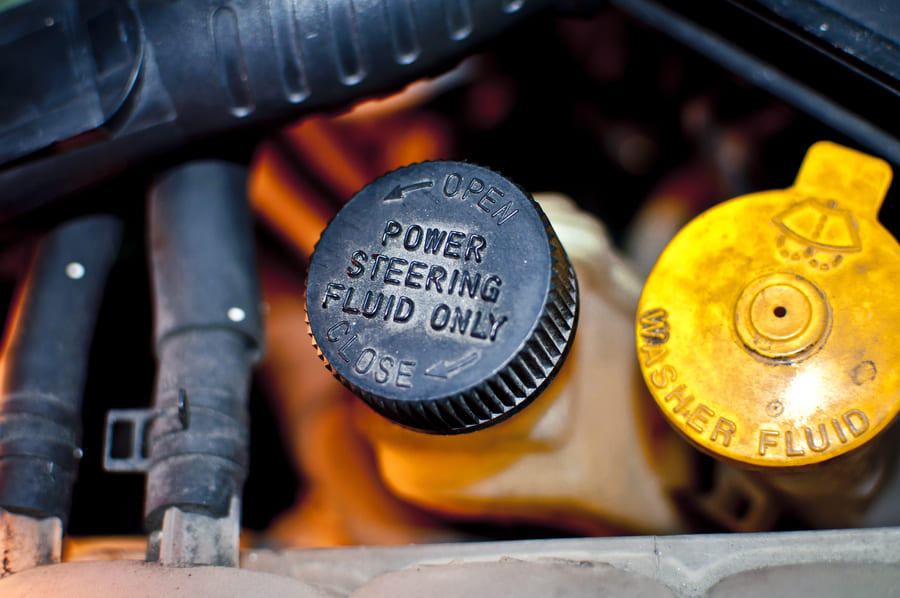
Comment